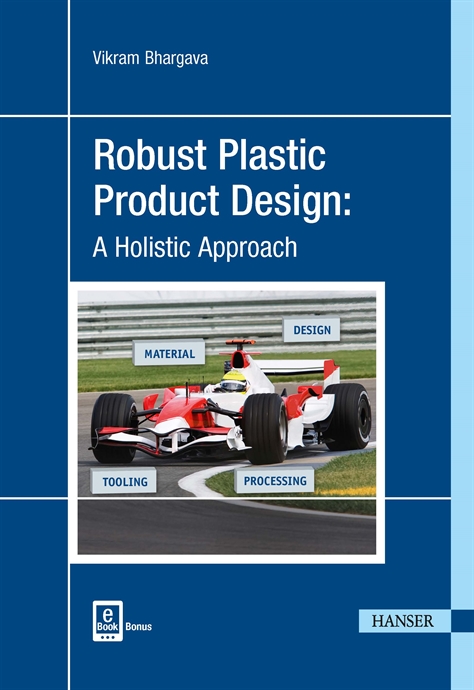X-Y positioning stages are found in machines for assembling precision products, such as disk drives, lenses and fiber optic components. They are used for applications in which accuracy and repeatability are more important than speed. They are also used in less precise applications, when it’s necessary to support high inertia loads.
Among the first options to consider when specifying a positioning stage is the base, which must be flat and stable. The base can be made from aluminum, steel, ceramic or granite. Aluminum has a good stiffness-to-weight ratio. Though aluminum has a high coefficient of thermal expansion, it also conducts heat very well, making it a good choice for applications with rapid temperature changes. Steel is much stiffer than aluminum, and its thermal expansion is half that of aluminum. However, it’s also more expensive. Polished granite is among the flattest surfaces available, so it’s ideal for use with air bearings. It’s extremely hard, nonmagnetic and nonreactive. But, it’s also very heavy.
The stage itself is usually made of aluminum. Its light weight allows for maximum acceleration.
Another important consideration is the drive mechanism, which determines the speed and smoothness of the stage. This can be a power screw, belt or linear motor.
"A screw will give you high force and relatively low speeds. A linear motor will give you high velocity and relatively low force," explains Mark P. Wilson, president of H2W Technologies Inc. (Valencia, CA). "A belt can be used at high or low speeds, but the precision will be low. A belt is cost-effective only at travel lengths of 3 feet or more."
Among power screws, leadscrews are good for moderate-speed applications. They provide excellent damping and high repeatability. Leadscrews are a good choice if the stage will be used vertically, because back-driving is rarely an issue. Ballscrews provide good stiffness and are ideal for quick, short moves.
Linear motors provide high speeds, high accelerations and smooth motion. Unlike screws, which are powered by rotary motors, linear motors drive the load directly. "With a screw, you’re converting rotary motion into linear motion, and there are inefficiencies associated with that," says John Mazurkiewicz, product manager at Baldor Electric Co. (Fort Smith, AR). "Linear motors may cost more than [power screws], but their maintenance costs are less and they are more forgiving in terms of alignment."
The bearings that support the stage should not be overlooked. They determine the stage’s load capacity, stiffness and straight-line accuracy.
Dovetail slides consist of two flat surfaces that slide against each other. They are good for long travels, and their stiffness and load capacity are high. However, stiction is a concern, and friction can vary with speed.
Ball bearings handle low to moderate loads and are unaffected by contaminants. Crossed roller bearings provide highly accurate motion with high stiffness and high load capacities. If space is an issue, ball or roller bearings can be placed in recirculating ways. This reduces pitch error, because the load does not overhang the base at the travel limits. However, recirculating ways are not as smooth as linear ways, because the bearings must enter and exit the preload region.
For small-load applications requiring very high precision and high acceleration, air bearings are needed. Virtually frictionless, air bearings float the load on a thin film of air. The air behaves as a stiff spring, which develops a restoring force in response to applied loads.


